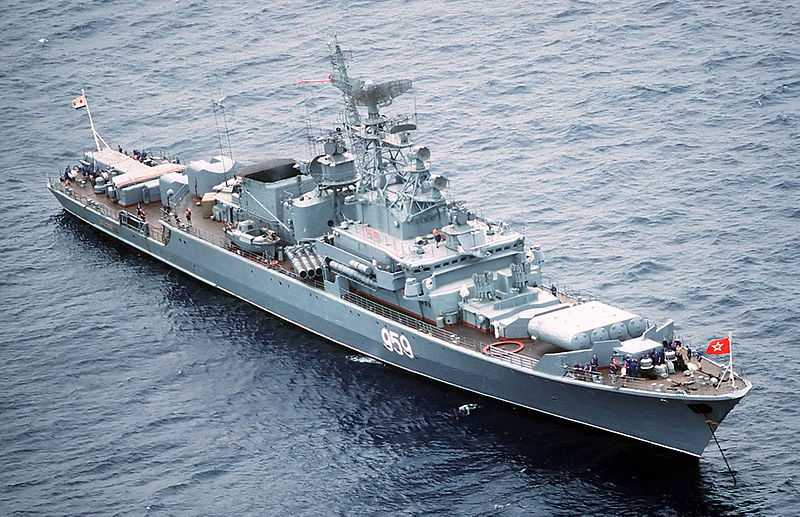 |
| FFG STORZHEVOY, Photo: USN |
American Admiralty Books Safety & Privacy Policies
The 1984 novel by Tom Clancy, THE HUNT FOR RED OCTOBER published as the first work of fiction ever marketed by the prestigious U.S. Naval Institute became a run away best seller and a major box office success as a movie. The realism and detail of the book was the major element that caught the imagination of the editorial board of the Naval Institute. The book was exciting to an incredible degree, a real page turner best seller that turned into an action movie box office hit. Tom Clancy was a new and untried author at the time. The success of this first ever work of fiction published by the Naval Institute, before this known for such titles as DICTIONARY OF NAVAL TERMS, NAVAL CUSTOM COURTESY, AND TRADITION, and THE BLUE JACKETS MANUAL changed the financial posture of the Institute and led to more works of fiction, none as yet quite as successful as THE HUNT FOR RED OCTOBER , but successful indeed in their own right, selling well as books and in at least one case becoming a modest box office success as a movie.
Now it can be revealed that the realism of the Hunt for Red October was of course due to the meticulous research and writing skills of Tom Clancy, but also on another factor that gave it the ring of authenticity. THE HUNT FOR RED OCTOBER, while a work of fiction, was not too loosely based on a true story. The inspiration for Clancy's novel came from an obscure report by a US naval officer of a mutiny aboard a soviet war ship in the Baltic Sea. The time was the Fall of 1975, a time of escalating tension between the Soviet Union and the United States. The ship was the FFG STORZHEVOY, not a submarine but an anti submarine warfare ship of the Soviet Navy. Boris Gindin was at the time a senior lieutenant and the Chief Engineer of the FFG STORZHEVOY and was locked below along with most of the Ship's officers who did not go along with the mutiny led by Captain Third Rank Valery Sablin. Only in recent years since the fall of the Soviet Union has he spoken out. His narrative is a major source of the book's author David Hagberg's telling of this obscure tale.
The Soviet Union and the United states appeared headed for an unavoidable thermonuclear war at the time, a time when many Soviet citizens suspected that the Kremlin was corrupt. Captain Third Rank Valery Sablin intended to hijack the ship and take into the Baltic and make a broadcast to the Soviet peoples asking them to revolt against the Kremlin and reestablish what he felt were authentic communist principles. Promising post coupe pardons and early discharges to the mostly conscripted crew he engendered enough support to lock away the loyalists. Some how U.S. and / or NATO intelligence got wind of what was going on spawning the "obscure" U.S. naval intelligence report, but before anything like what happened in the HUNT FOR RED OCTOBER could happen, Kremlin leader Leonid Brezhnev became aware of the situation and ordered Soviet naval air craft to find and sink the ship. Under the heat of the attack the mutineers lost their nerve and surrendered sparing the ship and all aboard from sinking, but not the Mutineers from later reprisals.. Had the FFG STORHEVOY been a more stealthy ship, like a submarine not so readily found from the air, and had it been farther out into the ocean the basic post seizure scenario of the HUNT FOR RED OCTOBER might have been the story, one that no doubt would still be classified.
Now with the help of David Hagberg, a best selling author, former Senior Lieutenant Gindin tells of the harrowing events from the danger aboard ship to the threats of death even to the locked up loyalists from the KGB that eventually forced him to flee the Soviet Union for the United States. Mutiny not only reveals the real life inspiration for the HUNT FOR RED OCTOBER but provides unique insights into the Soviet Union at the height of the Cold War.
THIS IS AN AAB HIGHLY RECOMMENDED READ FOR ALL ADULT AUDIENCES
No comments:
Post a Comment